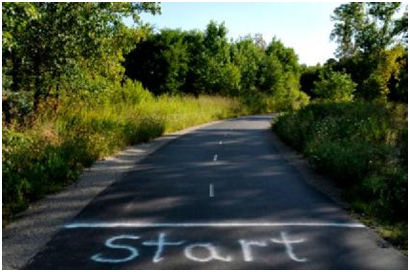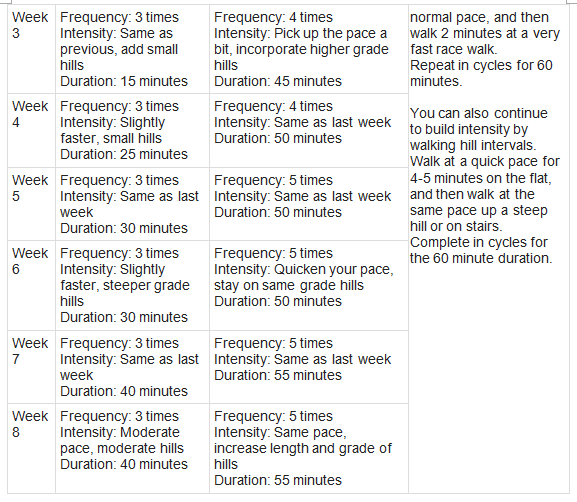
If you're experiencing stomach pain during exercise, there are a number of potential causes. You may be able to narrow down the cause based on other symptoms. It will also depend on the circumstances surrounding your pain and how it manifests.
Muscle Tightness and Cramping
If your abdominal or psoas muscles are tight, you may experience pulling, a sharp pinch during movement, or a gripping sensation, such as a cramp. You'll know that this is the cause because it will have occurred during movement.
How to Prevent Cramping
You can prevent this from happening again by following a few guidelines.
- Make sure to stay properly hydrated on a daily basis. Dehydration can lead to muscle tension. When the muscles aren't properly lubricated, they aren't as pliable. This is true during exercise and throughout regular activity as well. For optimal results, aim to drink 50 percent of your body weight in ounces of water every single day.
- Warm up before you work out. Cold muscles are easy to over-stretch. A proper warm-up will heat them so that they become loose and flexible. A routine of light self-massage with a foam roller followed by five to 10 minutes of walking, cycling, or dynamic stretching should do the trick. Here is a video with a few quick ways you can foam roll your psoas, a hip flexor that extends from your abdominal region to your lower back.
If the pain persists, consider checking with a sports chiropractor. Muscle strains are a common cause of tightness. A professional can help with the process of healing through soft tissue work and exercise suggestions.
Digestive Issues
Due to the way that working out naturally causes inflammation in the body, gastrointestinal problems can bubble up during exercise, leading to the experience of pain in the abdomen. This can take a few forms, like gas and/or constipation, cramping, acid reflux, or diarrhea. This cause may be as simple as working out too soon after eating or having eaten the wrong type of food.
Tips to Avoid Abdominal Pain
The best thing you can do to avoid this kind of flare up is to monitor what you eat through proper meal selection and timing.
- Avoid eating a large meal within two to three hours before exercise. This will vary depending on how fast your body processes food, so it may take a bit of trial and error to figure out the right timing for you.
- If you must eat closer to your workout, keep your pre-workout meal light. It should be something that is easy to digest, such as a meal replacement shake or a piece of fruit and a handful of nuts.
If the pain recurs, seek the advice of a registered dietitian. They can test for underlying food allergies and sensitivities or possible conditions, such as gastroesophageal reflux disease (GERD). They will also guide you in the process of adopting better nutrition habits for a healthier, happier gut.
Hernia
Probably the biggest cause for concern if you are experiencing stomach pain during exercise is the potential of an abdominal hernia. A hernia is when the intestine or lining of the colon breaks through the muscle wall. It can be experienced as a burning sensation or a constant ache, and is accompanied by the appearance of a bulge at the site of injury.
According to MedicineNet, hernias can build up over time for a variety of reasons, but are often exacerbated during heavy lifting.
Treatment
Treatment for abdominal hernias may include changes to one's diet and lifestyle, along with the use of medications.
- Eating smaller meals
- Remaining upright after a meal versus laying down
- Maintaining a healthy weight
- Avoiding spicy foods
- Taking antacids, proton pump inhibitors, and H-2 receptor blockers
- Surgery
In many cases, surgery is elective. It is a good option if symptoms occur even after making lifestyle changes. If you are concerned that you may have a hernia, contact your primary care physician to be tested. It's important to note that you can still exercise with a hernia, but you may need to modify your routine.
A Healthier Lifestyle
When it comes to figuring out what is causing your abdominal pain during exercise, it's best to look at the entire picture. The experience itself, along with your lifestyle habits and health history can provide clues. Check in with your doctor every year or two for physicals and current blood work. Express any concerns you have so that you can start taking measures to avoid injury before it arises. Also, be sure to stay hydrated, eat a healthy diet, and maintain a balanced exercise routine to keep your body fit and strong.





